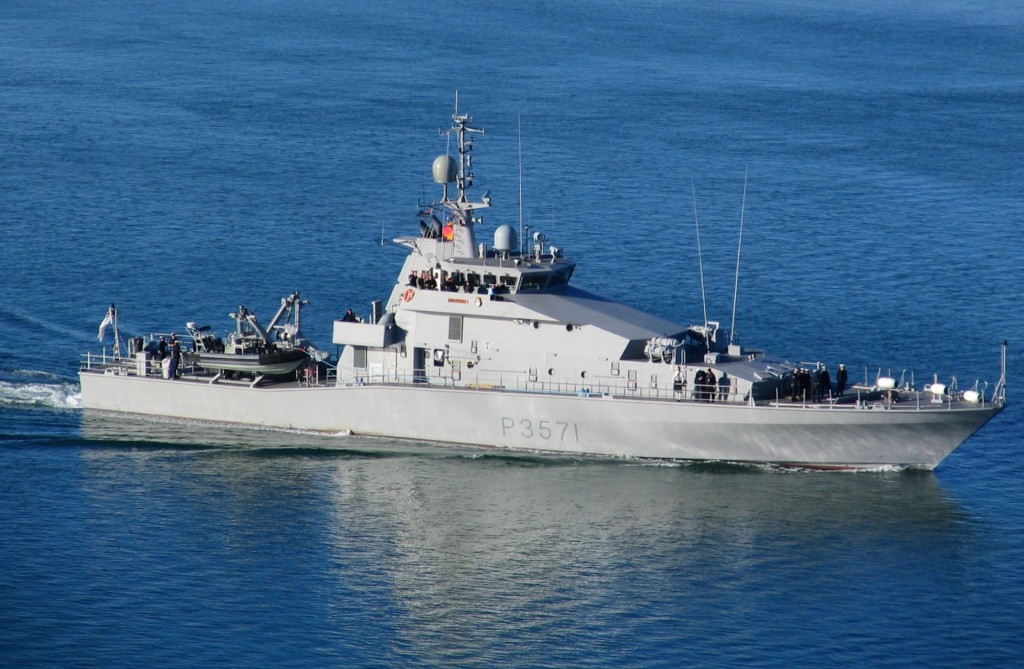There needs to be a conversation about returning to shipbuilding in New Zealand. At least in the merchant sector there is traction.
There needs to be a conversation about returning to shipbuilding in New Zealand. At least in the merchant sector there is traction.
Port Marlborough Drydock Media Statement | Scoop News
So lets examine these factors.
1. The need to establish a new dry dock in New Zealand.
2. What we also know is that with the current government butchering the Oil and Gas industry on "environmental" ideological grounds the significant heavy engineering sector that has grown to support it will evaporate. Thus there is an entire skilled technical industry that is looking for a job. The government could have a role in transitioning the skills set of those workers.
3. We also know that the same government has a minister going around the country with a Billion dollars a year looking to "invest" (hand out trinkets in marginal electorates) which could be put to some use - better use in my view.
4. We also know that the RNZN will around 2030 need to replace vessels. This may be (or should be) at least 3, ideally 4 Frigates and a similar number again of OPV's.
5. We also know that moving the DNB is on the agenda.
Prospect of NZDF selling Devonport Naval Base excites Auckland property industry
The $600m cost of a new naval base would obviously included a large graving dock of which could at least take a vessel the size of Aotearoa. That money would be spent over 5-6 years and not all in one hit.
The problem with the NZ Govt is that it operates too much with a silo mentality and lacks vision. MBIE, Defence, Treasury, Transport and Regional Government need to work and plan together with industry much more than what they do now.
Further to the Port Marlborough Drydock media statement another competitor in the region would be Port Nelson.
So lets examine these factors.
1. The need to establish a new dry dock in New Zealand.
2. What we also know is that with the current government butchering the Oil and Gas industry on "environmental" ideological grounds the significant heavy engineering sector that has grown to support it will evaporate. Thus there is an entire skilled technical industry that is looking for a job. The government could have a role in transitioning the skills set of those workers.
3. We also know that the same government has a minister going around the country with a Billion dollars a year looking to "invest" (hand out trinkets in marginal electorates) which could be put to some use - better use in my view.
4. We also know that the RNZN will around 2030 need to replace vessels. This may be (or should be) at least 3, ideally 4 Frigates and a similar number again of OPV's.
5. We also know that moving the DNB is on the agenda.
Prospect of NZDF selling Devonport Naval Base excites Auckland property industry
The $600m cost of a new naval base would obviously included a large graving dock of which could at least take a vessel the size of Aotearoa. That money would be spent over 5-6 years and not all in one hit.
The problem with the NZ Govt is that it operates too much with a silo mentality and lacks vision. MBIE, Defence, Treasury, Transport and Regional Government need to work and plan together with industry much more than what they do now.


